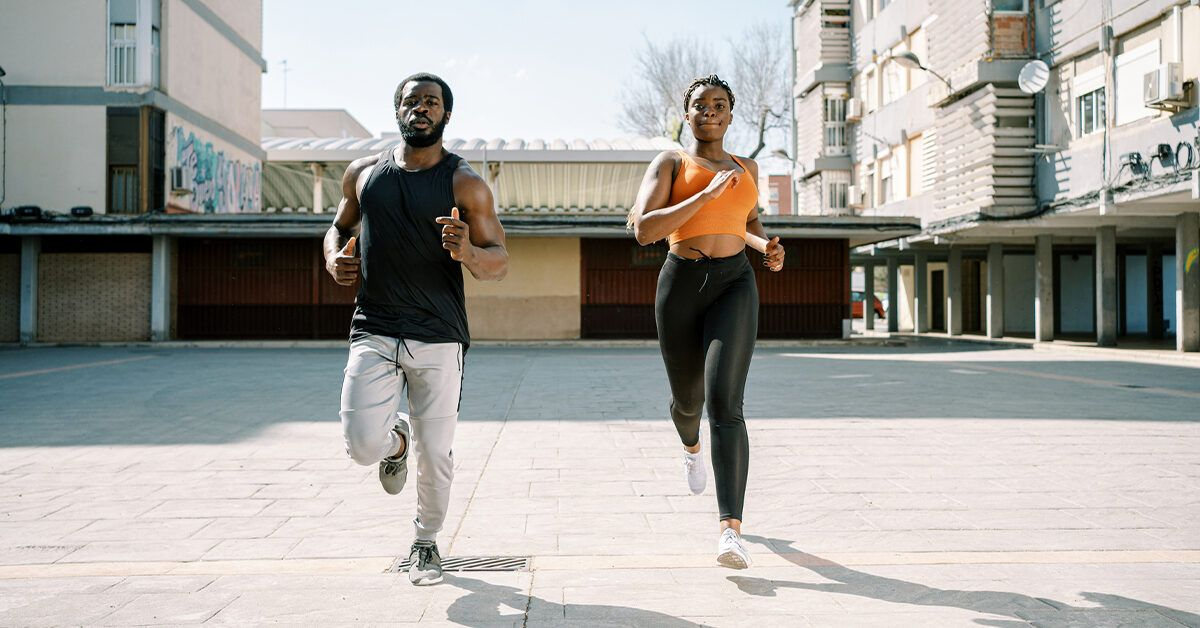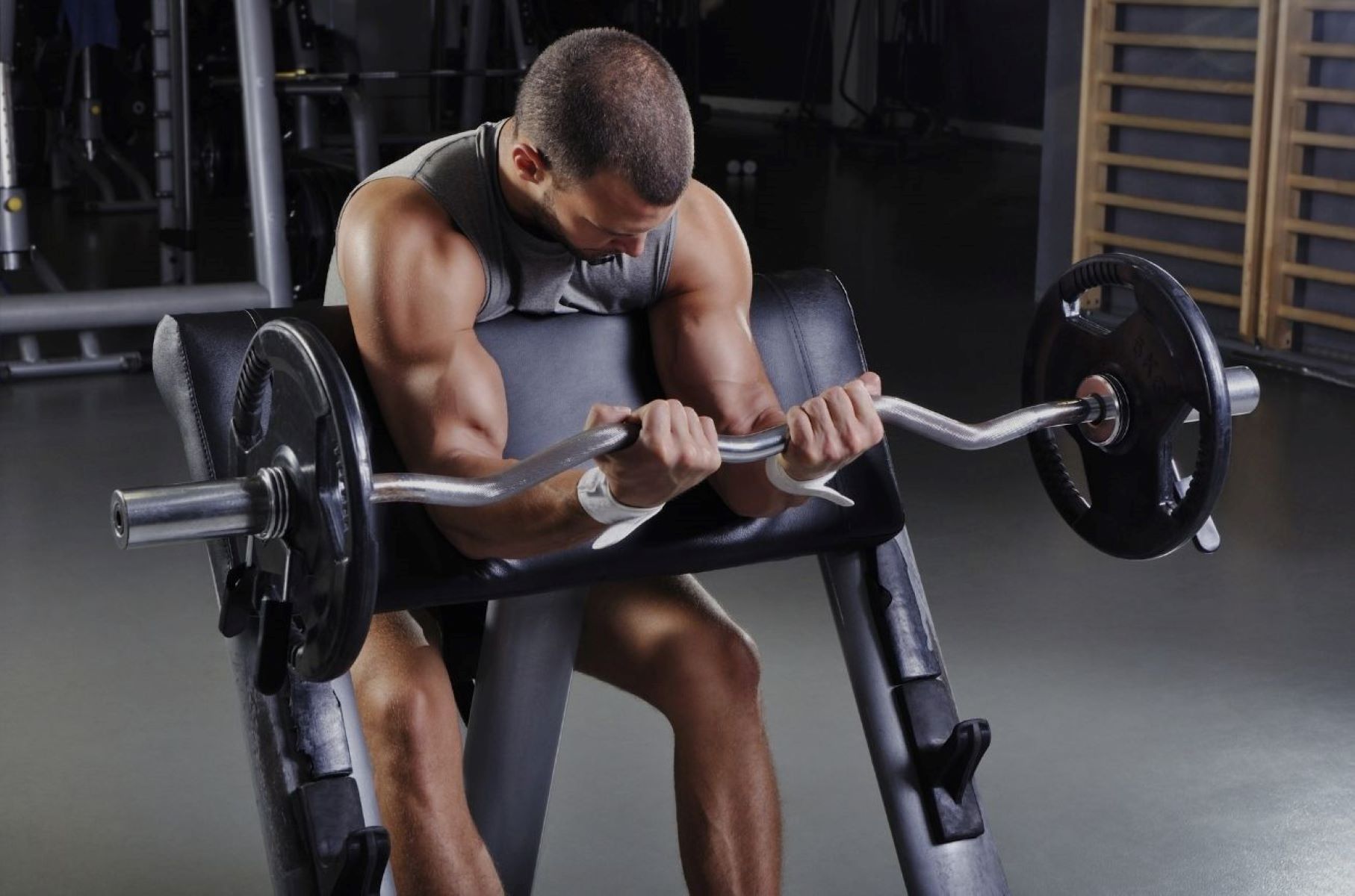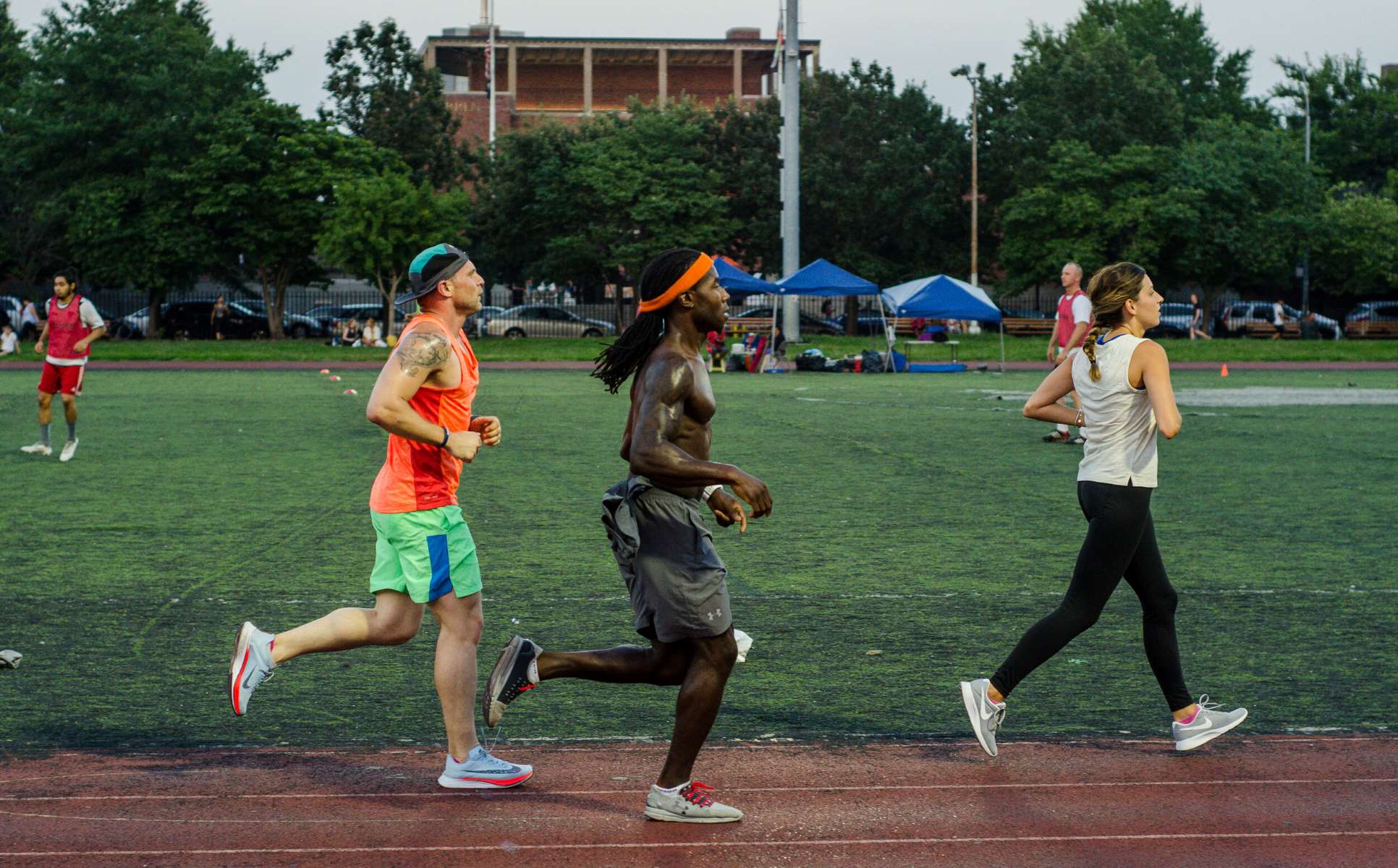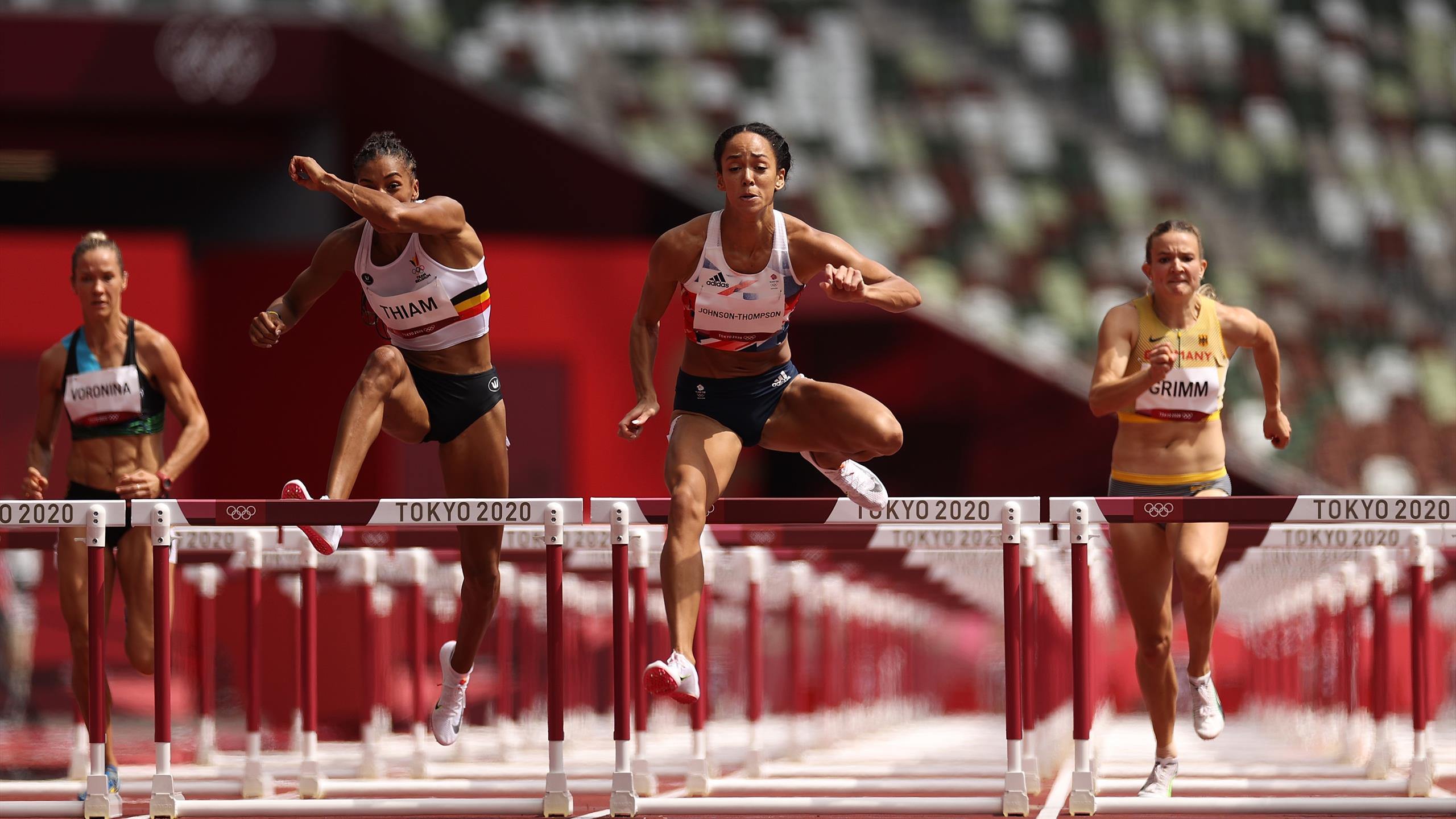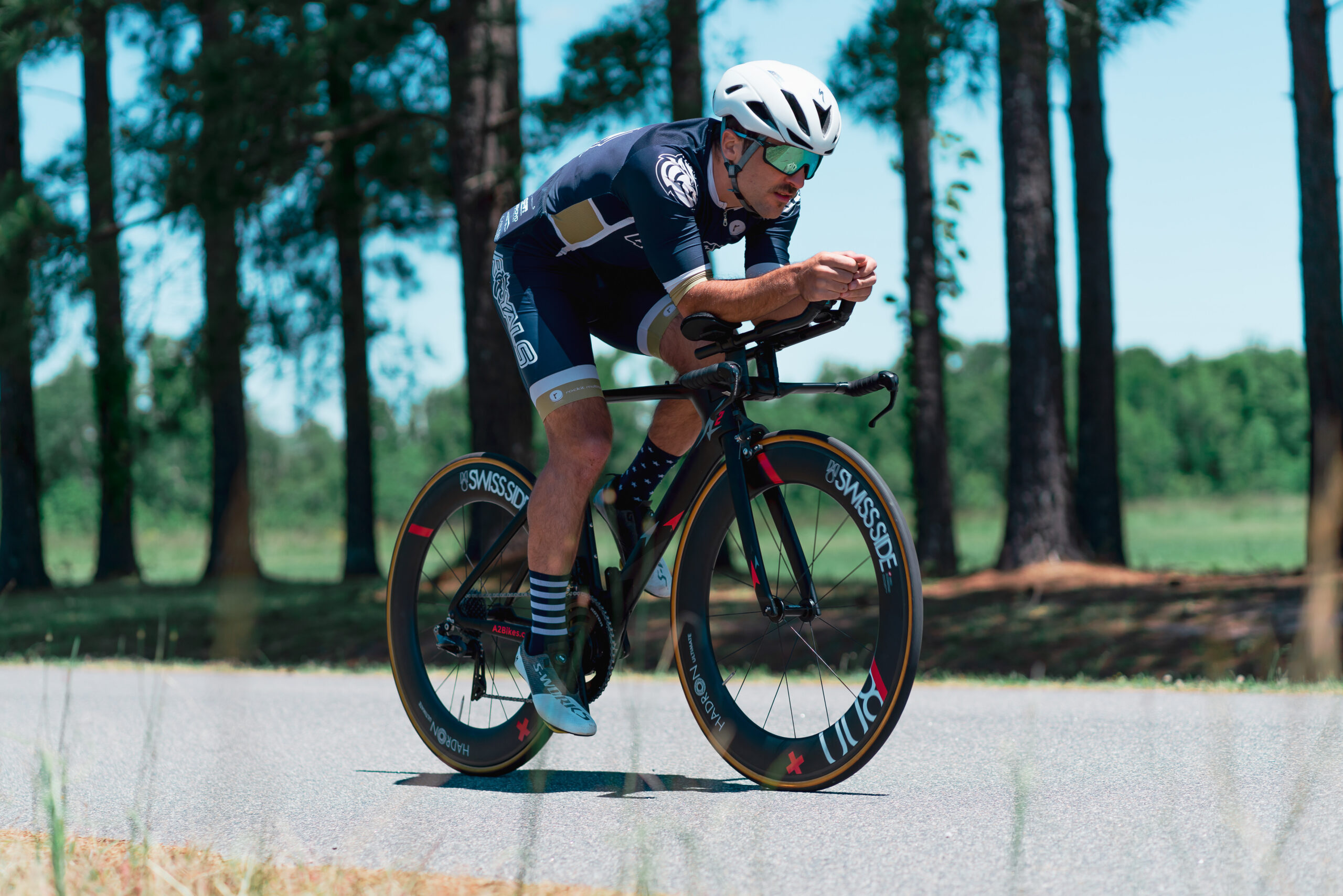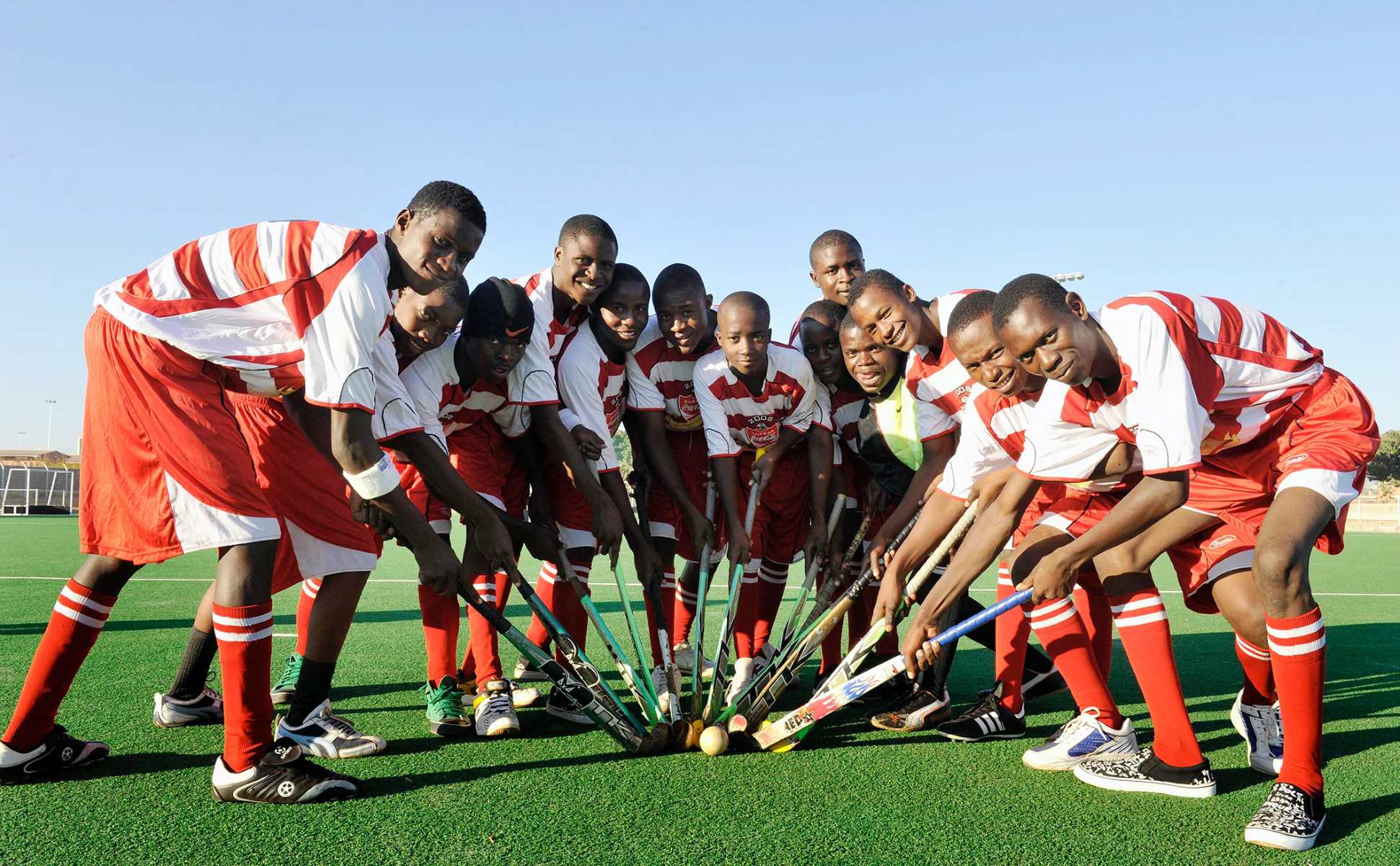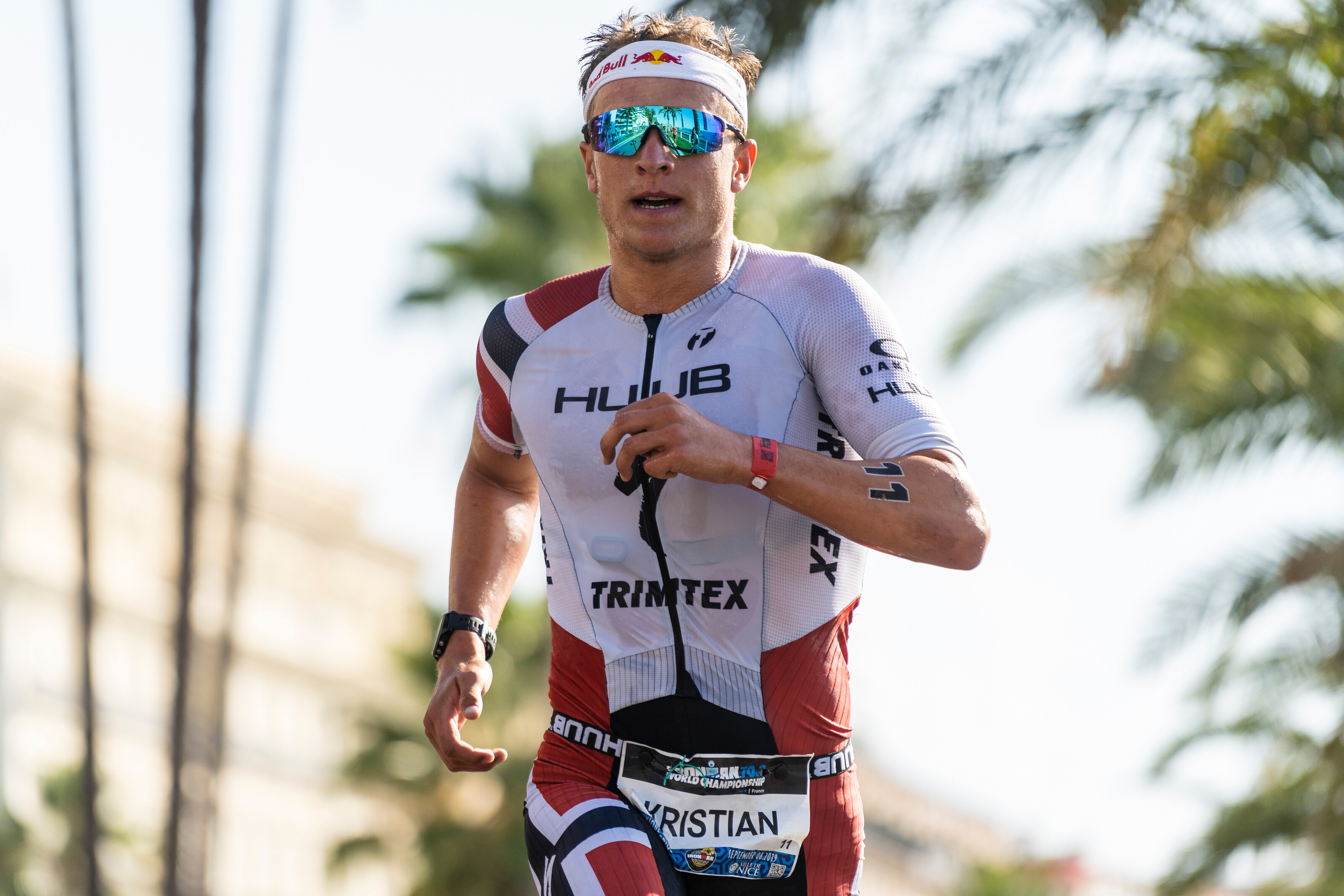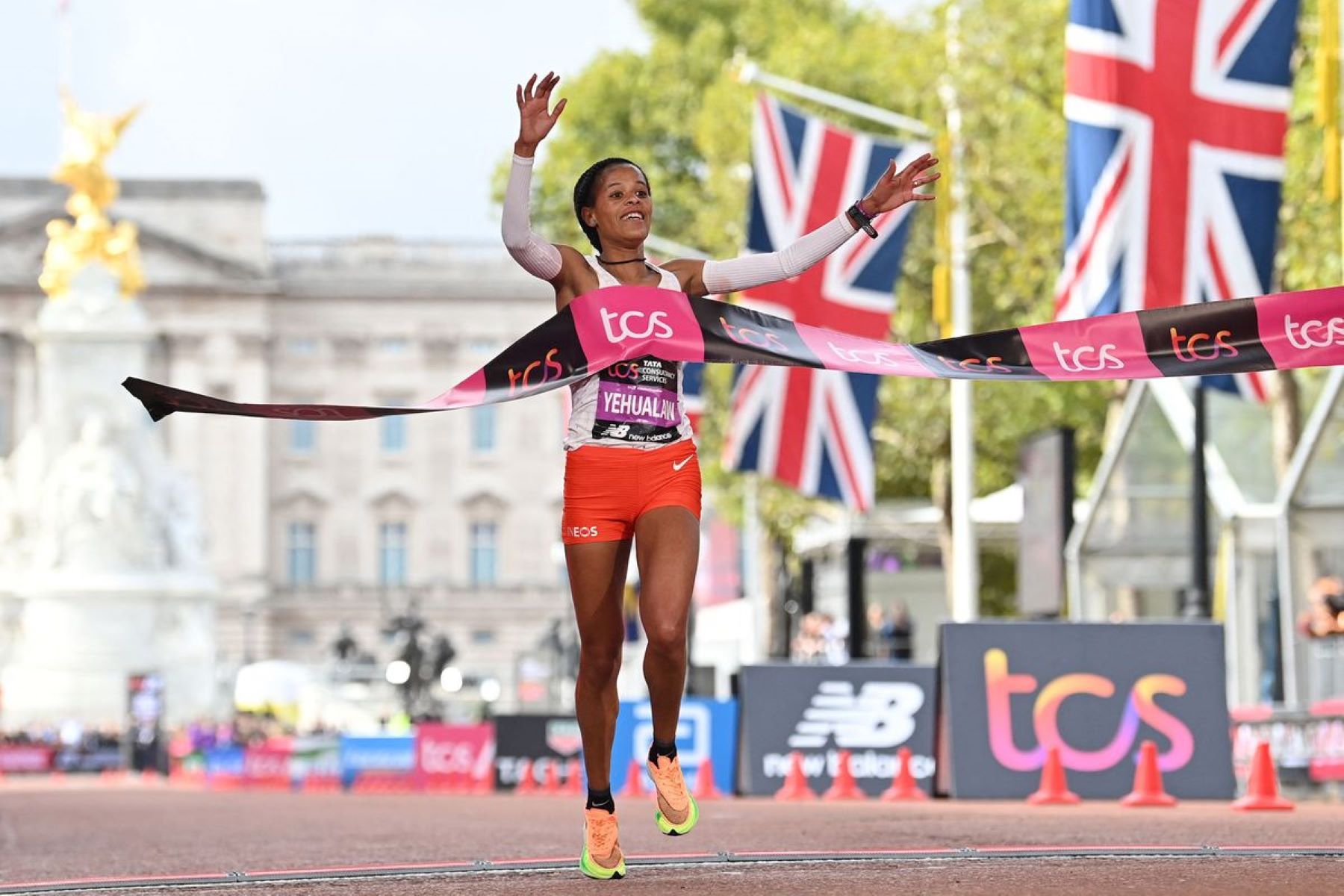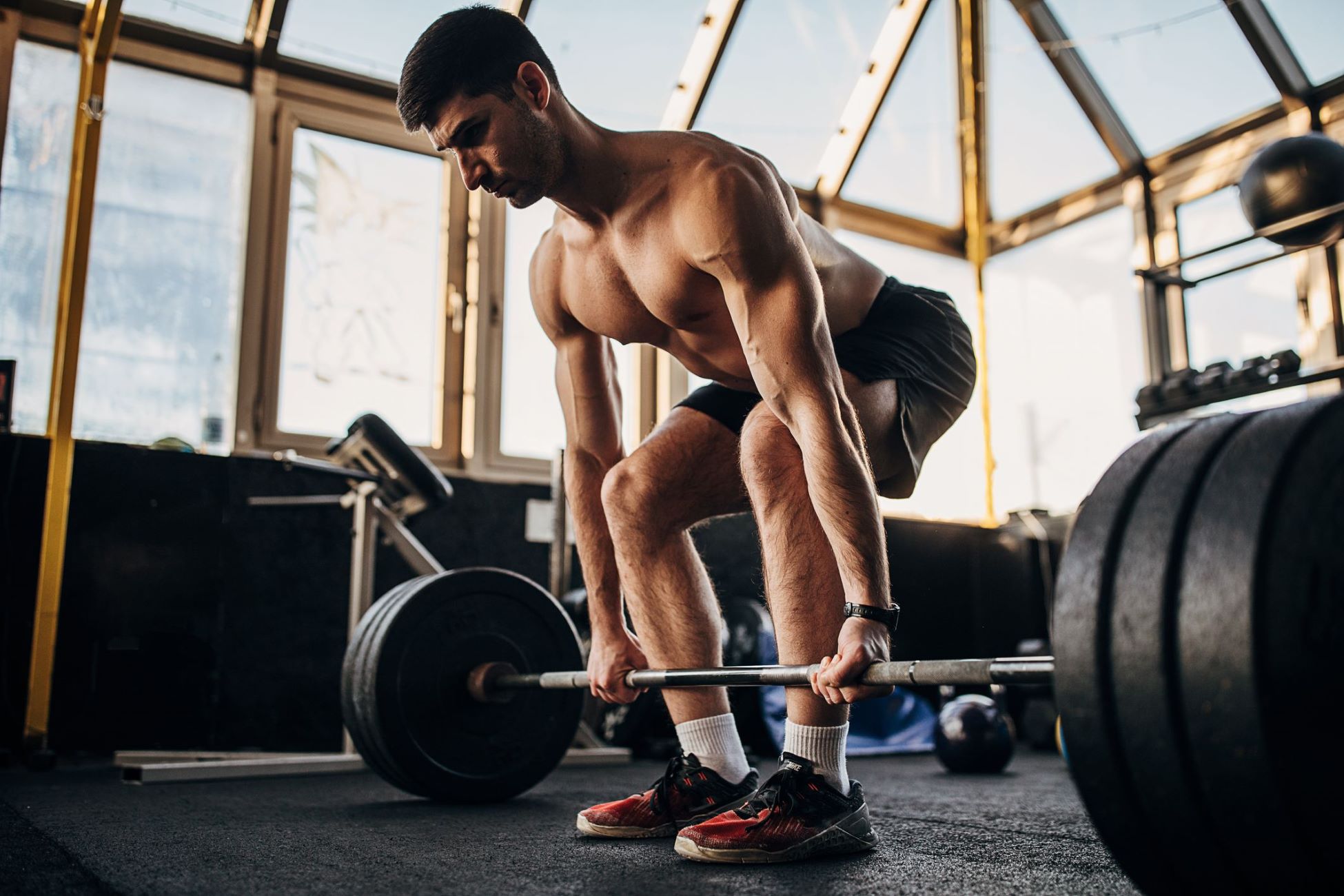Home>Misc>Featured>What Components Of Athletic Performance Are Required For Volleyballl
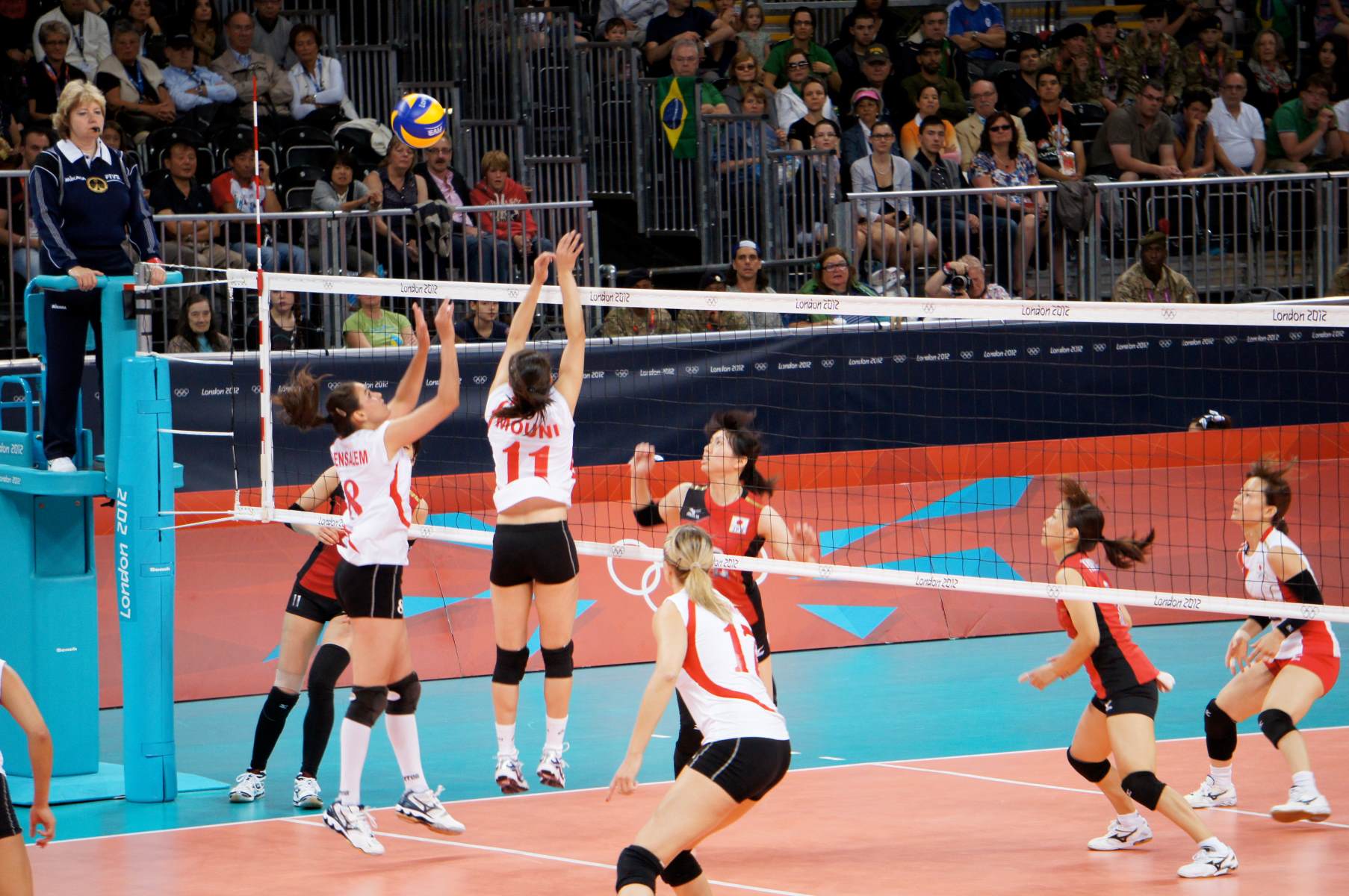

Featured
What Components Of Athletic Performance Are Required For Volleyballl
Modified: January 2, 2024
Discover the key components of athletic performance needed for volleyball. Explore the featured exercises and techniques to excel in the game and boost your skills.
Introduction
Volleyball is a dynamic and fast-paced sport that requires a combination of skills, athleticism, and teamwork. Whether you’re a professional player or a weekend warrior, excelling in volleyball requires a wide range of components of athletic performance. From strength and power to agility and quickness, each aspect plays a crucial role in a player’s ability to perform at their best.
In this article, we will explore the various components of athletic performance that are essential for volleyball players. Understanding and developing these skills will not only enhance a player’s individual performance but also contribute to the overall success of the team.
It’s important to note that while the focus of this article is on the physical aspects of volleyball performance, mental and strategic elements also play a significant role. However, for the purpose of this discussion, we will primarily focus on the physical demands and attributes necessary for success on the volleyball court.
Whether you’re a beginner looking to improve your basics or an experienced player aiming to reach the next level, honing these components of athletic performance will undoubtedly elevate your game. Let’s dive into each one individually to gain a deeper understanding of their importance and how they can be developed.
Strength and Power
Strength and power are crucial components of athletic performance in volleyball. Having a solid foundation of strength allows players to generate power in their movements and explosive jumps. The ability to deliver strong and controlled hits, spikes, and serves relies heavily on the power produced by the muscles.
Strength training exercises such as squats, lunges, and deadlifts help develop lower body strength, enabling players to push off the ground with force and jump higher. Upper body exercises like bench presses, push-ups, and shoulder presses enhance arm and shoulder muscles, contributing to powerful serves and hits.
To build strength, players should focus on progressive resistance training, gradually increasing weights and repetitions over time. However, it is essential to work with a certified strength and conditioning coach to ensure proper form and prevent injuries.
Power is the combination of strength and speed, allowing players to generate explosive movements quickly. Plyometric exercises like box jumps, weighted jumps, and medicine ball throws enhance power production by training the muscles to contract rapidly.
Incorporating power training into a player’s regimen not only improves their performance but also helps prevent injuries. The faster muscles can generate force, the better equipped the player will be to react quickly on the court and anticipate the opponent’s movements.
Players should incorporate both strength and power training exercises into their routine, focusing on specific muscle groups used in volleyball. Working with a trainer or coach will help players develop customized workouts that target their individual needs and goals.
Agility and Quickness
Agility and quickness are essential components of athletic performance in volleyball. The ability to change direction swiftly, react rapidly, and move explosively is crucial for success on the court.
Agility refers to the ability to change direction and body position quickly while maintaining balance and control. It involves a combination of coordination, footwork, and reaction time. Agility drills such as ladder drills, cone drills, and shuttle runs can greatly improve a player’s ability to move efficiently and effectively during gameplay.
Quickness, on the other hand, focuses more on speed and reaction time. It involves being able to accelerate rapidly, decelerate efficiently, and respond swiftly to game situations. Incorporating sprint intervals, shuttle runs, and reaction drills into training sessions can enhance a player’s quickness and explosiveness.
Developing agility and quickness requires consistent practice and repetition. Players should dedicate time to specific agility and quickness drills during their training sessions to improve their overall performance on the court.
Aside from specific drills, incorporating plyometric exercises can also improve agility and quickness. Exercises like lateral jumps, bounding, and jump rope workouts enhance explosive power and quick footwork.
It is important to remember that agility and quickness are skills that can be developed through training and practice. Consistency, focus, and proper technique are key to improving these components of athletic performance in volleyball.
Additionally, a strong mind-to-muscle connection and enhanced proprioception can greatly improve agility and quickness. Players should incorporate balance and stability exercises into their routine, such as single-leg balances and bosu ball exercises, to enhance their overall body control and coordination.
Jumping Ability
Jumping ability is a crucial component of athletic performance in volleyball. Superior jumping ability allows players to reach higher heights when blocking, spiking, and serving, giving them an edge over their opponents.
There are two main factors that contribute to jumping ability: lower body strength and explosiveness. Developing these factors can significantly improve a player’s vertical jump.
Lower body strength is important in generating the power needed to propel the body off the ground. Exercises like squats, lunges, and calf raises can help build the necessary leg strength to maximize jumping potential.
Explosiveness, on the other hand, involves the ability to rapidly generate force and transfer it into a vertical jump. Plyometric exercises such as depth jumps, box jumps, and jump squats can enhance explosiveness by training the muscles to contract quickly and efficiently.
In addition to exercises, proper jumping technique plays a vital role in maximizing jumping ability. Players should focus on utilizing the arms and incorporating a powerful leg drive to gain maximum lift. Working with a coach or trainer who can provide feedback and guidance on jump technique can greatly improve a player’s jumping ability.
It is important to note that developing jumping ability takes time and consistent effort. Players should include specific jump training exercises in their regimen and gradually increase the intensity and volume over time. However, it is crucial to prioritize rest and recovery as well, as overtraining can hinder progress and increase the risk of injury.
Improving flexibility and mobility can also have a positive impact on jumping ability. Stretching exercises that target the hip flexors, hamstrings, and calves can help increase range of motion and enhance the ability to explode off the ground.
Overall, developing jumping ability requires a combination of strength, explosiveness, technique, and flexibility. By focusing on these aspects and incorporating specific jump training exercises into their routine, players can significantly enhance their ability to jump higher and make a greater impact on the volleyball court.
Speed and Endurance
Speed and endurance are vital components of athletic performance in volleyball. The fast-paced nature of the game demands both quick bursts of speed and sustained energy throughout the match.
Speed is essential for a player to react quickly, cover the court efficiently, and beat opponents to the ball. Improving speed involves developing both acceleration and top-end speed.
Acceleration can be enhanced through sprint drills such as shuttle runs, 20-meter sprints, and ladder drills. Plyometric exercises like bounding and skipping can also help improve speed by enhancing power and stride length.
Top-end speed, on the other hand, focuses on maintaining speed over longer distances. Interval training, such as high-intensity interval running or cycling, can improve a player’s ability to maintain a fast pace for extended periods.
Endurance is crucial for volleyball players to maintain a high level of performance throughout a match. It allows players to sustain their speed, agility, and power, preventing fatigue from hindering their gameplay.
Improving endurance involves a combination of cardiovascular exercises and specific volleyball drills. Running, swimming, or cycling can help build cardiovascular fitness, while on-court drills that simulate game situations, such as rapid spikes or quick digs, can improve endurance within the context of the sport.
Interval training is also beneficial for developing both speed and endurance. Alternating between high-intensity bursts and active recovery periods can simulate the demands of a volleyball match, helping players improve their ability to recover quickly and maintain a high level of performance.
In addition to physical training, proper nutrition and hydration are essential for improving speed and endurance. Fueling the body with nutritious meals before and after training and matches can optimize energy levels and aid in recovery.
To prevent injuries and maintain optimal performance, it’s important for players to listen to their bodies and avoid overtraining. Rest and adequate recovery periods are crucial for allowing the body to adapt and improve.
By focusing on speed and endurance training, volleyball players can enhance their overall performance on the court and gain a competitive edge over their opponents.
Flexibility and Injury Prevention
Flexibility is a critical component of athletic performance in volleyball. Having good flexibility allows players to move freely, achieve optimal body positions, and reduce the risk of injuries. It is essential for both injury prevention and overall performance enhancement.
Adequate flexibility enables players to perform movements with a wider range of motion, improving their ability to reach for the ball, dive, and perform complex hitting and defensive techniques. It also helps to maintain proper posture, contributing to efficient movements and reducing strain on the body.
Stretching exercises should be incorporated into a player’s training routine to improve flexibility. Dynamic stretching, such as leg swings and arm circles, can be done before practice or matches to warm up the muscles and increase mobility. Static stretching exercises, such as hamstring stretches and shoulder stretches, should be incorporated after workouts or practice sessions to improve flexibility and promote muscle recovery.
In addition to improving flexibility, injury prevention is a crucial aspect of athletic performance. Volleyball, like any sport, carries the risk of various injuries, including sprains, strains, and overuse injuries. Implementing preventive measures can reduce the likelihood of injuries occurring.
Strength training exercises that target stabilizer muscles can help support and protect joints, reducing the risk of sprains and strains. It is important to focus on strengthening the muscles surrounding the ankles, knees, and shoulders, as these areas are particularly susceptible to injury in volleyball.
Players should also pay attention to their technique and form, as improper movements can increase the risk of injury. Working with a coach or trainer who can provide guidance on proper technique can help players develop safe and efficient movement patterns.
Proper rest and recovery are also essential for injury prevention. Overtraining and insufficient rest can lead to fatigue, which increases the risk of injury. Adequate sleep, proper nutrition, and regular rest days should be prioritized to allow the body to recover and heal.
Lastly, it is crucial for players to listen to their bodies and address any signs of injury or discomfort. Ignoring pain or pushing through an injury can lead to more severe issues and prolong the recovery process. Seeking proper medical attention and following a rehabilitation program is essential for a safe and complete recovery.
By focusing on flexibility and incorporating injury prevention strategies, volleyball players can minimize the risk of injuries and optimize their performance on the court.
Decision Making and Reaction Time
Decision making and reaction time are critical components of athletic performance in volleyball. The ability to make quick and accurate decisions on the court and react promptly to game situations can significantly impact a player’s performance and the success of the team.
Volleyball is a fast-paced sport that requires players to make split-second decisions. Whether it’s determining where to place a hit, choosing the right moment to block, or making split-second defensive moves, decision making is crucial.
Developing decision-making skills in volleyball involves a combination of practice, experience, and game knowledge. Players should focus on understanding the strategies and tactics of the game, studying the opponents, and analyzing game footage to enhance their decision-making abilities.
Repetition and simulation exercises can also improve decision making. Coaches can create drills that replicate game situations, forcing players to make quick decisions under pressure. This helps players develop the ability to read the game, anticipate the opponent’s moves, and choose the most effective course of action.
Additionally, reaction time plays a vital role in volleyball. Quick responses to unexpected situations help players make successful digs, saves, and blocks. Developing and improving reaction time can be achieved through various training methods.
Visual exercises, such as reaction ball drills, can enhance a player’s ability to quickly perceive and respond to visual stimuli on the court. Incorporating agility ladder drills and reaction-based training equipment can also improve reaction time.
It is important for players to continually challenge themselves and push their limits in training to improve both decision making and reaction time. Regular practice and deliberate efforts to improve these skills will ultimately result in faster and more accurate decision making on the court.
Mental preparation is also crucial in enhancing decision making and reaction time. Players should work on developing focus, concentration, and mindfulness to improve their ability to stay present and make decisions effectively during high-pressure situations.
Ultimately, decision making and reaction time are skills that can be honed and improved with deliberate practice, experience, and mental preparation. By continuously working on these aspects, players can make better split-second decisions and react quickly on the volleyball court, gaining a competitive edge over their opponents.
Hand-Eye Coordination
Hand-eye coordination is a fundamental component of athletic performance in volleyball. It refers to the ability to accurately perceive visual information and coordinate the movements of the hands and eyes to execute precise actions on the court. Having excellent hand-eye coordination is crucial for skills such as digging, setting, and serving in volleyball.
Developing and improving hand-eye coordination can be achieved through specific training exercises and drills. Practicing passing and setting drills that focus on accurately connecting with the ball and directing it to specific targets can greatly enhance hand-eye coordination.
Hand-eye coordination can also be improved through activities outside of volleyball. Playing other sports that involve catching, throwing, and hitting can transfer and enhance hand-eye coordination skills. Sports such as tennis, basketball, and table tennis are particularly beneficial, as they require quick reflexes and precise hand-eye coordination.
Additionally, vision training exercises can enhance hand-eye coordination. These exercises focus on improving visual processing speed, depth perception, and peripheral awareness. Eye tracking drills, such as following moving objects or reacting to visual cues, can help players better track the ball and make accurate decisions on the court.
Consistent practice and repetition are key to improving hand-eye coordination. Regularly incorporating hand-eye coordination drills into training sessions can help players develop the necessary motor skills and visual acuity required for optimal performance in volleyball.
Furthermore, using specialized equipment such as reaction balls, coordination ladders, or target boards can add an element of challenge and variability to hand-eye coordination training. These tools can simulate game-like situations and help players refine their ability to quickly process visual information and execute precise movements.
Mental focus and concentration are also important for optimal hand-eye coordination. Being fully present and engaged in the game allows players to anticipate the movement of the ball and react appropriately. Developing concentration techniques, such as mindfulness and visualization, can help improve hand-eye coordination by enhancing focus and awareness.
Overall, hand-eye coordination is a critical skill for success in volleyball. By incorporating specific training exercises, practicing other sports, and honing visual processing skills, players can improve their hand-eye coordination and perform at their best on the court.
Communication and Teamwork
Communication and teamwork are vital components of athletic performance in volleyball. In a sport that requires constant coordination and collaboration among teammates, effective communication and seamless teamwork can make all the difference on the court.
Communication on the volleyball court involves both verbal and non-verbal cues. Verbal communication includes calling out plays, calling for the ball, and providing feedback to teammates. Clear and concise communication helps teammates understand each other’s intentions and make split-second decisions.
Non-verbal communication, such as hand signals, eye contact, and body language, also plays a critical role. Non-verbal cues can be used to signal specific plays, indicate the intention to set or attack, and coordinate defensive positioning. This type of communication requires players to be observant and responsive to their teammates.
Effective communication in volleyball also involves active listening and trust among teammates. Each player should be attentive to their teammates’ instructions and feedback, which helps foster understanding and cooperation.
Teamwork is the foundation of success in volleyball. It requires players to work together towards a common goal, supporting and relying on each other’s strengths. Effective teamwork involves understanding each teammate’s role and responsibilities, adjusting strategies based on the situation, and making decisions that benefit the team as a whole.
Developing strong teamwork skills requires building trust and establishing clear roles and responsibilities within the team. Regular team practices, team-building exercises, and open communication channels can help build cohesion and foster a positive team dynamic.
Furthermore, effective teamwork is not limited to players on the court. Coaches, trainers, and support staff also play a crucial role in creating a cohesive team environment. Their guidance and leadership can shape the team’s communication style, strengthen teamwork, and cultivate a sense of unity and purpose.
In addition to communication and teamwork during games, off-court interactions and team bonding activities can greatly contribute to team chemistry. Building strong relationships and trust outside of the court can enhance communication and teamwork once players step onto the volleyball court.
Ultimately, communication and teamwork are essential for success in volleyball. By fostering open lines of communication, actively listening, and working together towards a common goal, teams can maximize their potential and achieve great results on the court.
Conclusion
Volleyball is a sport that demands a comprehensive set of athletic performance components. From strength and power to agility and quickness, each aspect plays a vital role in a player’s ability to excel on the court. Developing these skills requires consistent effort, dedication, and a multidimensional approach to training.
Strength and power training build the foundation for generating explosive movements, while agility and quickness drills improve a player’s ability to react quickly and move efficiently. Enhancing jumping ability can significantly impact a player’s performance and allow them to reach higher heights. Speed and endurance are essential for sustaining optimal performance throughout a match, while flexibility and injury prevention safeguards players from common volleyball injuries.
Decision making and reaction time are crucial for making split-second choices and reacting swiftly on the court, while hand-eye coordination ensures accurate ball control and precise movements. Effective communication and teamwork create a cohesive and synchronized unit, enabling players to work together towards a common goal.
As players strive to improve in these various components of athletic performance, it’s important to remember that progress takes time, effort, and consistency. Working with coaches and trainers to develop personalized training programs, focusing on proper technique, and prioritizing rest and recovery are all key factors in optimizing performance and minimizing the risk of injury.
By continuously honing these components of athletic performance, volleyball players can elevate their game and give themselves a competitive edge. Whether you’re a beginner or an experienced player, investing in the development of these skills will contribute to personal growth, team success, and an enhanced overall volleyball experience.
